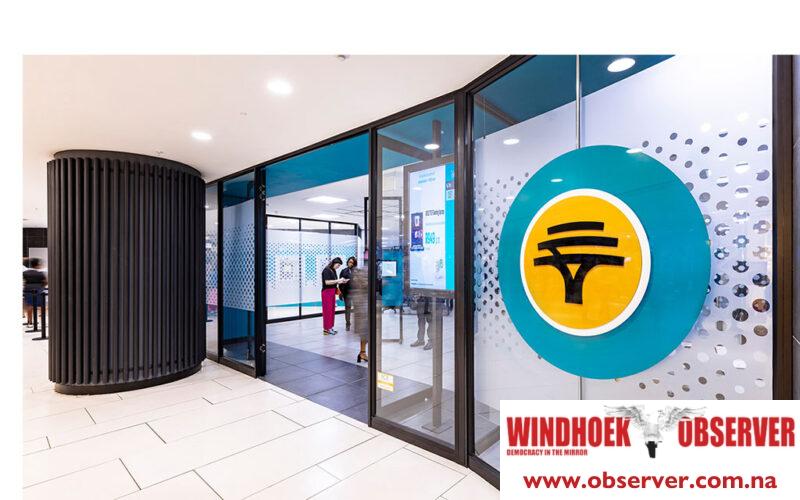CHAMWE KAIRA
Simonis Storm Securities said FirstRand Namibia’s earnings growth remains solid, but rising credit impairments and margin pressure are cause for caution.
In a recent report, the firm said the second half of the year is likely to be weaker due to higher provisioning costs and a decline in base effects.
Despite this, strong capital buffers and diverse revenue streams support the bank’s stability and position it well for a changing economic environment.
FirstRand Namibia posted strong interim results, driven by loan book growth, disciplined cost control, and resilient non-interest income.
“The economic backdrop remains favourable, with rate cuts fuelling credit expansion, although inflation is set to pick up later in 2025. We expect one final 25 basis points rate cut before the Bank of Namibia pauses, as inflationary risks begin to emerge. While earnings growth remains solid, rising credit impairments and margin compression introduce caution. The second half is likely to be weaker, with higher provisioning costs and diminishing base effects. Still, capital buffers are strong, and revenue diversification supports stability, positioning the bank well for the evolving macroeconomic landscape,” the report said.
Simonis noted that the end of the rate-cut cycle limits future margin expansion, with inflation rising in the second half of 2025. Rising credit impairments remain a concern, with higher provisioning expected in the second half, it noted.
Loan book expansion and strong deposit growth continue to drive FirstRand Namibia earnings. It said fee-based income is growing, providing stability amid net interest margin (NIM) pressures. The report said oil and gas financing opportunities could offer long-term upside.
FirstRand Namibia’s capital adequacy strengthened to 19.1%, providing a strong buffer against potential
Shocks. Headline earnings grew 10.6% to N$925 million, demonstrating resilient profitability. Return On Equity (ROE) improved to 29.6%, reflecting the bank’s ability to generate high returns.
Cost efficiency improved, with the cost-to-income ratio dropping to 46.5% from 48.3%. Net interest income grew by 13%, supported by loan growth and a larger balance sheet. Non-interest income increased by 9.8%, driven by higher transaction volumes and fee income.
Credit impairments rose by 37.7%, pushing the credit loss ratio to 0.7% from 0.5%. Non-performing loans reached N$2.48 billion, keeping the NPL ratio at 6%, which remains elevated.
Interest income on advances rose by 6.0%, trailing loan growth of 8.5%, indicating margin compression. The second half of 2025 is expected to be softer, with higher credit provisions and fewer benefits from rate cuts to support earnings.
Interest income on advances grew just 6.0%, lagging behind 8.5% loan growth, signalling margin compression.
In the second half of 2025, it will likely be weaker, with higher provisioning costs and fewer rate cut benefits to support earnings.




